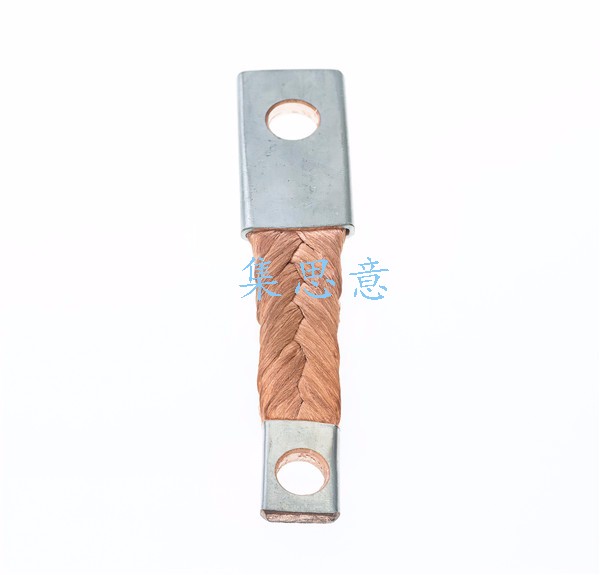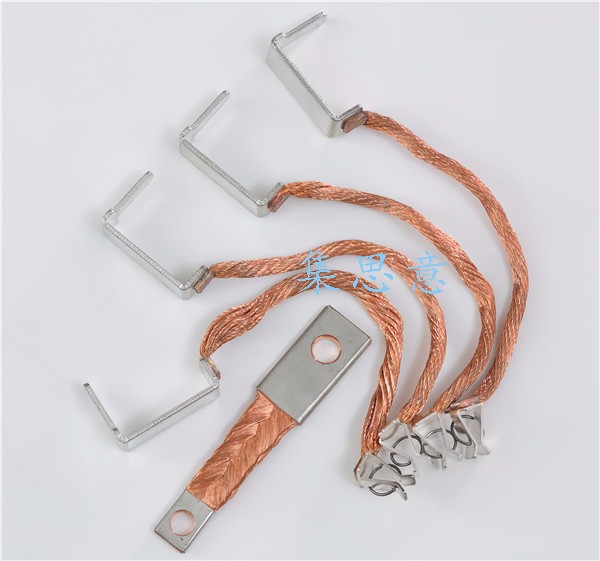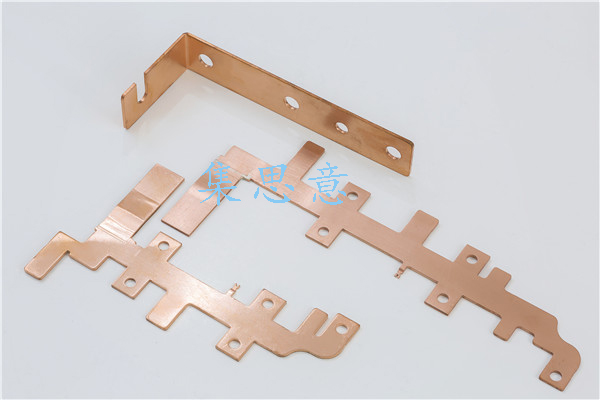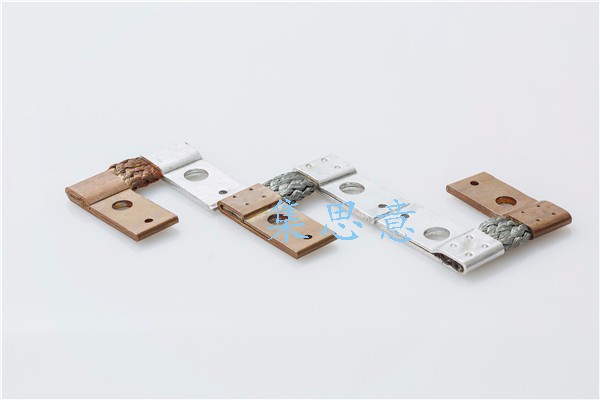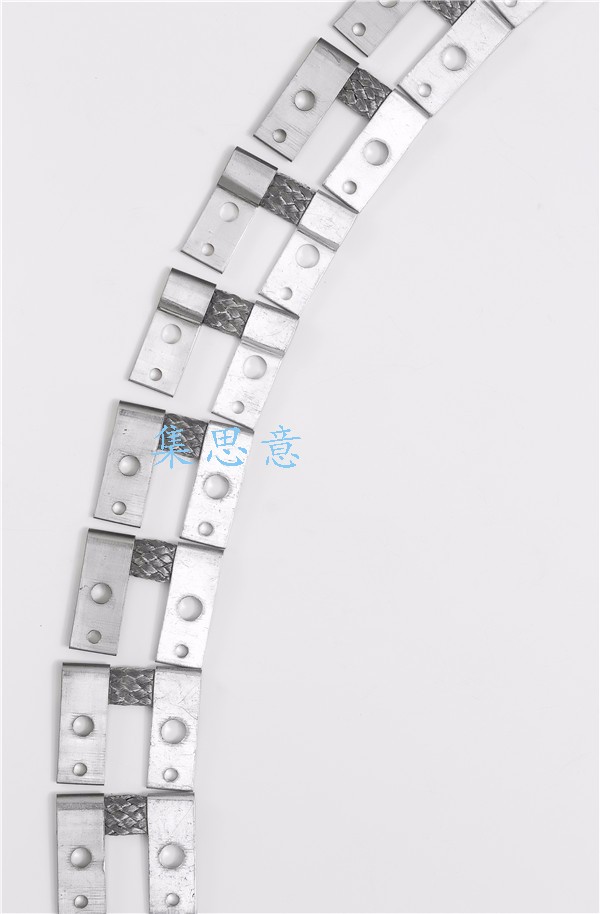How do I connect copper wire and aluminum wire?
How do I connect copper wire and aluminum wire? Copper and aluminum wires cannot be directly connected, and they can be connected together through certain methods. Copper wire and aluminum wire have different materials, so their characteristics are also different. To connect them together, special treatment is required. So why can't copper and aluminum wires be directly connected? How do you connect copper wire and aluminum wire?
1、 Copper aluminum transition clamp
1. The resistivity of aluminum wire and copper wire is different.
2. This is the most crucial thing, as aluminum wire is easily oxidized in air and forms a layer of oxide on its surface. In addition, aluminum has a lower hardness than copper, which greatly increases the contact resistance between the aluminum wire and copper wire at the connection point. When current passes through this connection point, the contact resistance will heat up. If the current is high, the heat will be severe and the connection point will be burned.
1. When copper and aluminum conductors are directly connected, the contact surface of these two metals is easily formed into an electrolyte under the action of moisture, carbon dioxide, and other impurities in the air, resulting in a primary battery with aluminum as the negative electrode and copper as the positive electrode, causing electrochemical corrosion of aluminum and increasing the contact resistance at the connection between copper and aluminum.
2. In addition, because the elastic modulus and coefficient of thermal expansion of copper and aluminum are very different, after many cold and hot cycles (power on and power off) during operation, large gaps will be generated at the contact points, which will affect the contact and also increase the contact resistance. An increase in contact resistance will cause a temperature increase during operation. At high temperatures, corrosion and oxidation will intensify, creating a vicious cycle that further deteriorates the quality of the connection, ultimately leading to high contact point temperatures and even accidents such as smoking and burning.
3、 How do I connect copper wire and aluminum wire? Copper and aluminum cannot be connected together. Copper and aluminum wires must be connected in a transitional manner
1. Single stranded small cross-section copper and aluminum wires should be tinned before being connected to the aluminum wire.
2. When connecting multiple large cross-section copper and aluminum wires, copper aluminum transition connecting pipes or copper aluminum transition clamps should be used.
3. If the aluminum wire is connected to the copper terminal of the switch, a copper aluminum transition nose should be used.
4、 Precautions for connecting copper and aluminum wires:
1. In a dry room, copper conductors should be coated with tin. For outdoor or indoor environments with a relative humidity of nearly 100%, copper aluminum transition plates should be used, and the copper ends should be coated with tin.
2. Correspondingly, copper and aluminum cables can be connected using copper aluminum connecting tubes, and copper and aluminum terminals can be used when connecting copper cables and aluminum wires. The copper end should be coated with tin.
1、 Copper aluminum transition clamp
1. The resistivity of aluminum wire and copper wire is different.
2. This is the most crucial thing, as aluminum wire is easily oxidized in air and forms a layer of oxide on its surface. In addition, aluminum has a lower hardness than copper, which greatly increases the contact resistance between the aluminum wire and copper wire at the connection point. When current passes through this connection point, the contact resistance will heat up. If the current is high, the heat will be severe and the connection point will be burned.
3. According to safety operating regulations, aluminum wire cannot be connected to copper wire.
1. When copper and aluminum conductors are directly connected, the contact surface of these two metals is easily formed into an electrolyte under the action of moisture, carbon dioxide, and other impurities in the air, resulting in a primary battery with aluminum as the negative electrode and copper as the positive electrode, causing electrochemical corrosion of aluminum and increasing the contact resistance at the connection between copper and aluminum.
2. In addition, because the elastic modulus and coefficient of thermal expansion of copper and aluminum are very different, after many cold and hot cycles (power on and power off) during operation, large gaps will be generated at the contact points, which will affect the contact and also increase the contact resistance. An increase in contact resistance will cause a temperature increase during operation. At high temperatures, corrosion and oxidation will intensify, creating a vicious cycle that further deteriorates the quality of the connection, ultimately leading to high contact point temperatures and even accidents such as smoking and burning.
3、 How do I connect copper wire and aluminum wire? Copper and aluminum cannot be connected together. Copper and aluminum wires must be connected in a transitional manner
1. Single stranded small cross-section copper and aluminum wires should be tinned before being connected to the aluminum wire.
2. When connecting multiple large cross-section copper and aluminum wires, copper aluminum transition connecting pipes or copper aluminum transition clamps should be used.
3. If the aluminum wire is connected to the copper terminal of the switch, a copper aluminum transition nose should be used.
4、 Precautions for connecting copper and aluminum wires:
1. In a dry room, copper conductors should be coated with tin. For outdoor or indoor environments with a relative humidity of nearly 100%, copper aluminum transition plates should be used, and the copper ends should be coated with tin.
2. Correspondingly, copper and aluminum cables can be connected using copper aluminum connecting tubes, and copper and aluminum terminals can be used when connecting copper cables and aluminum wires. The copper end should be coated with tin.

